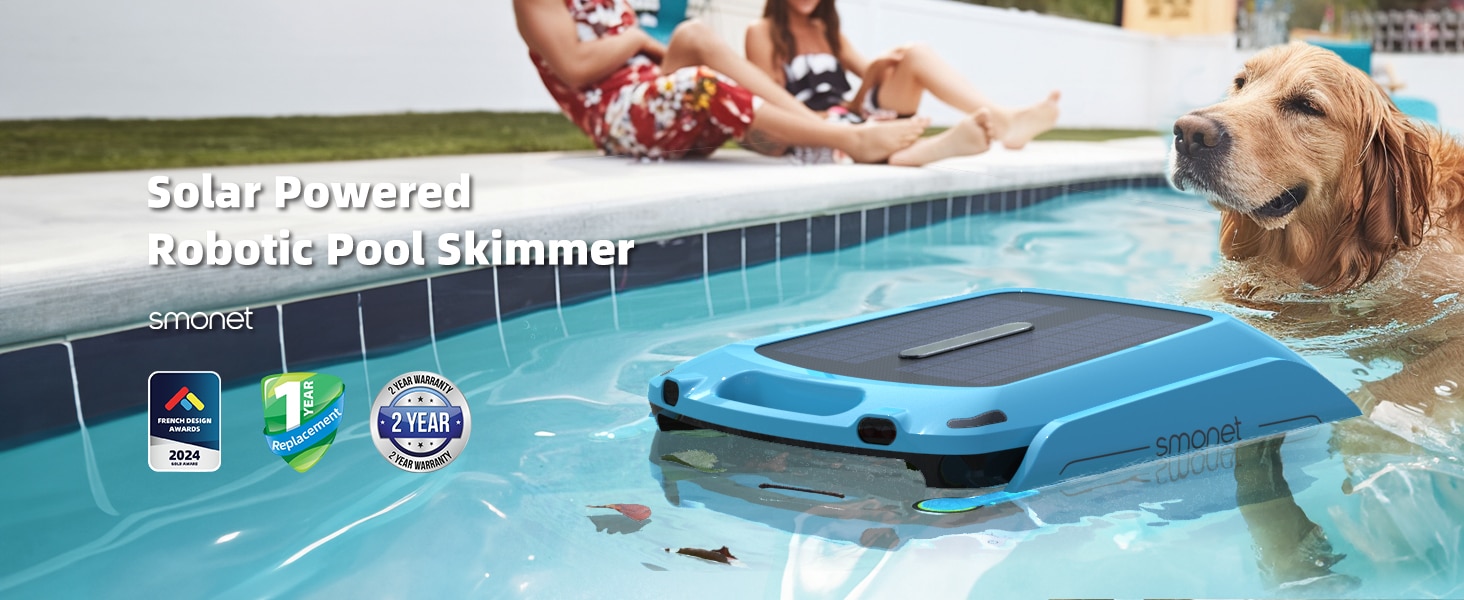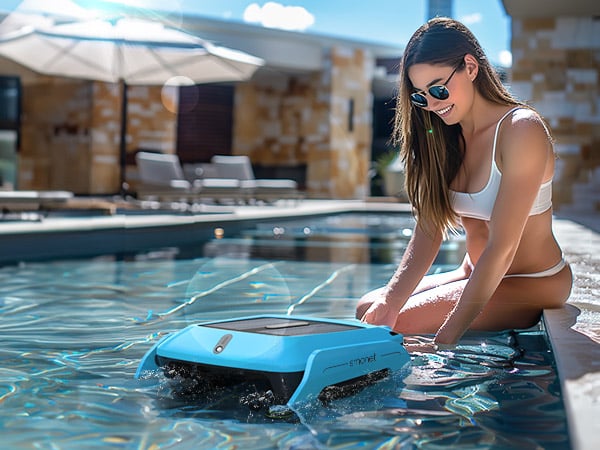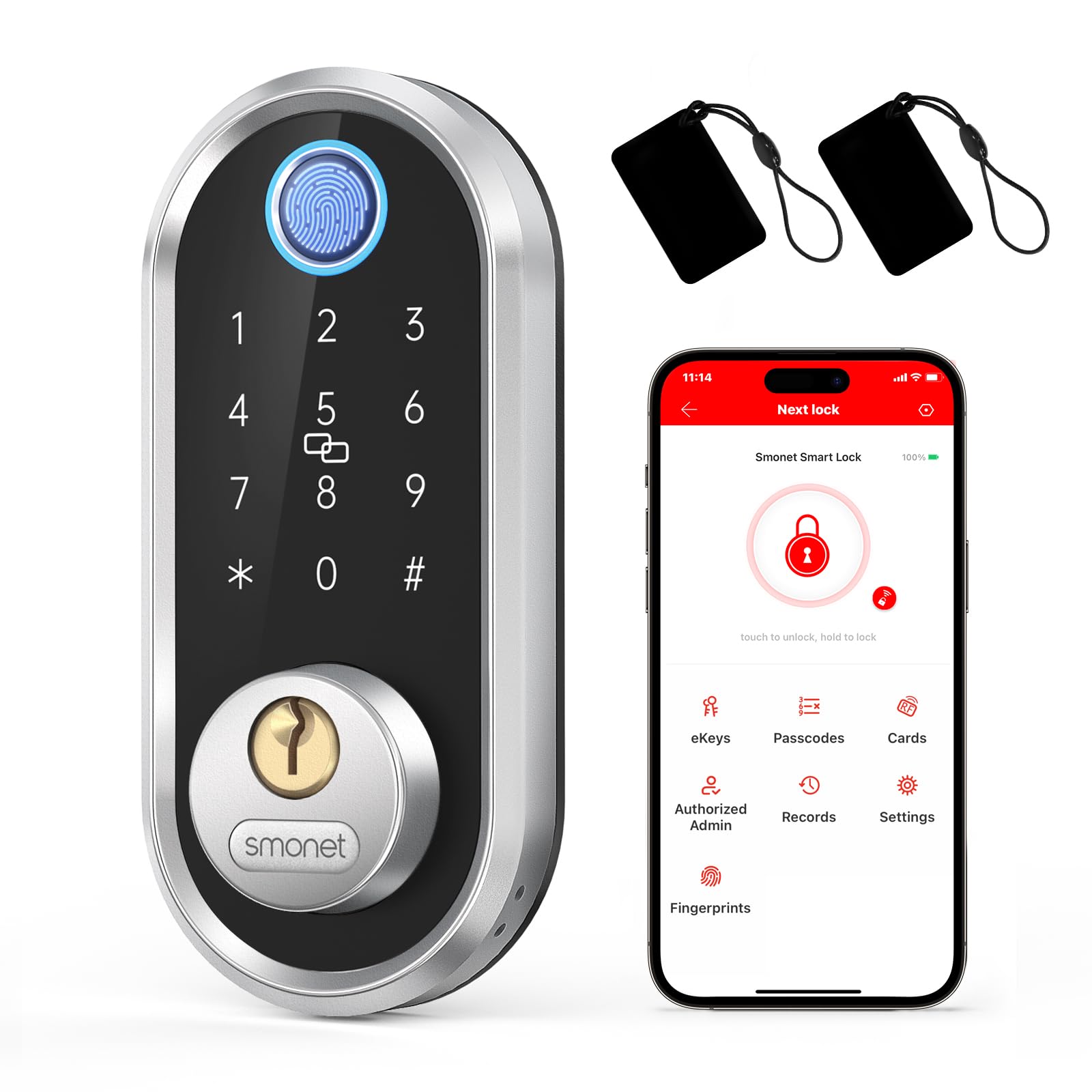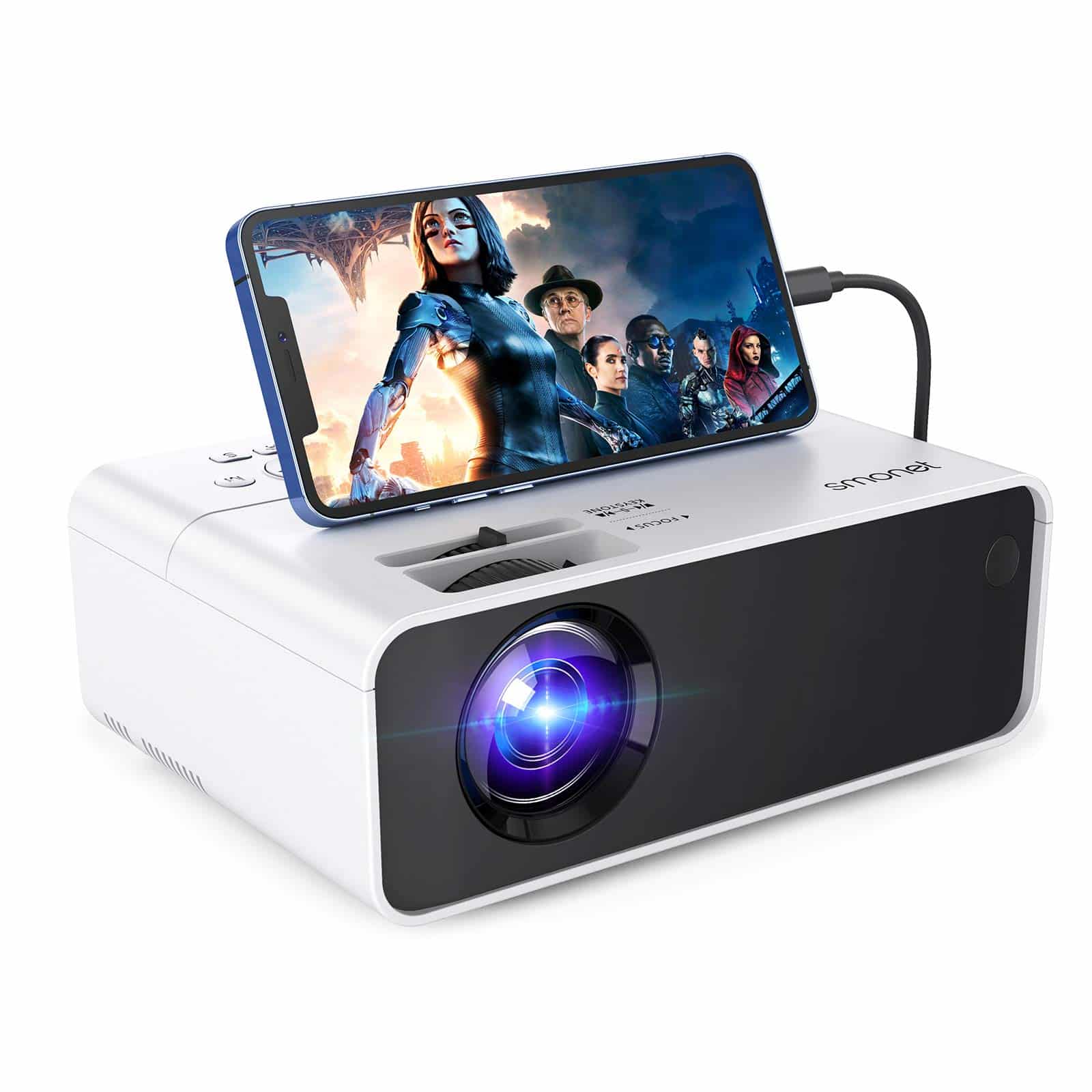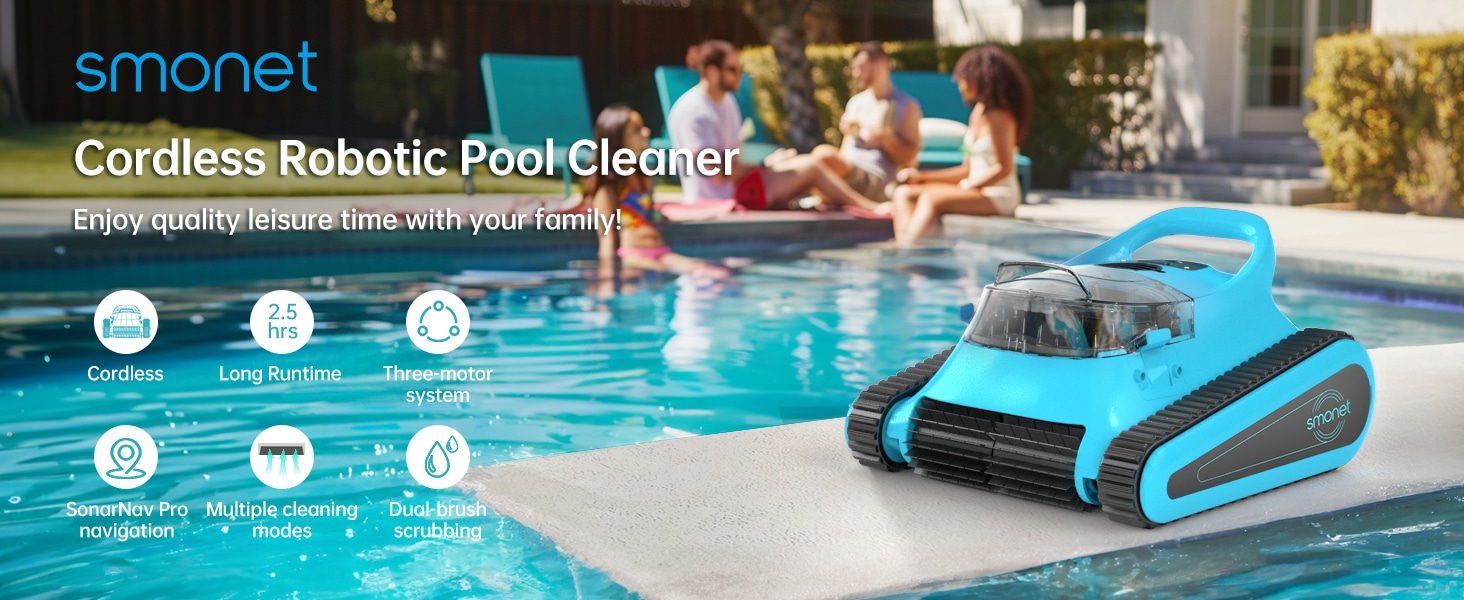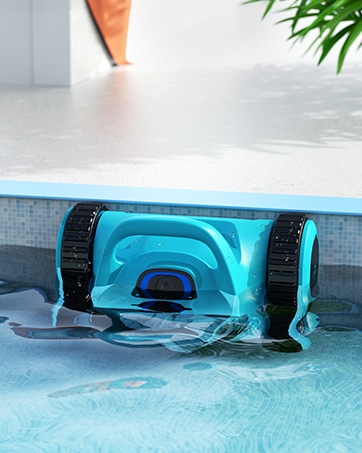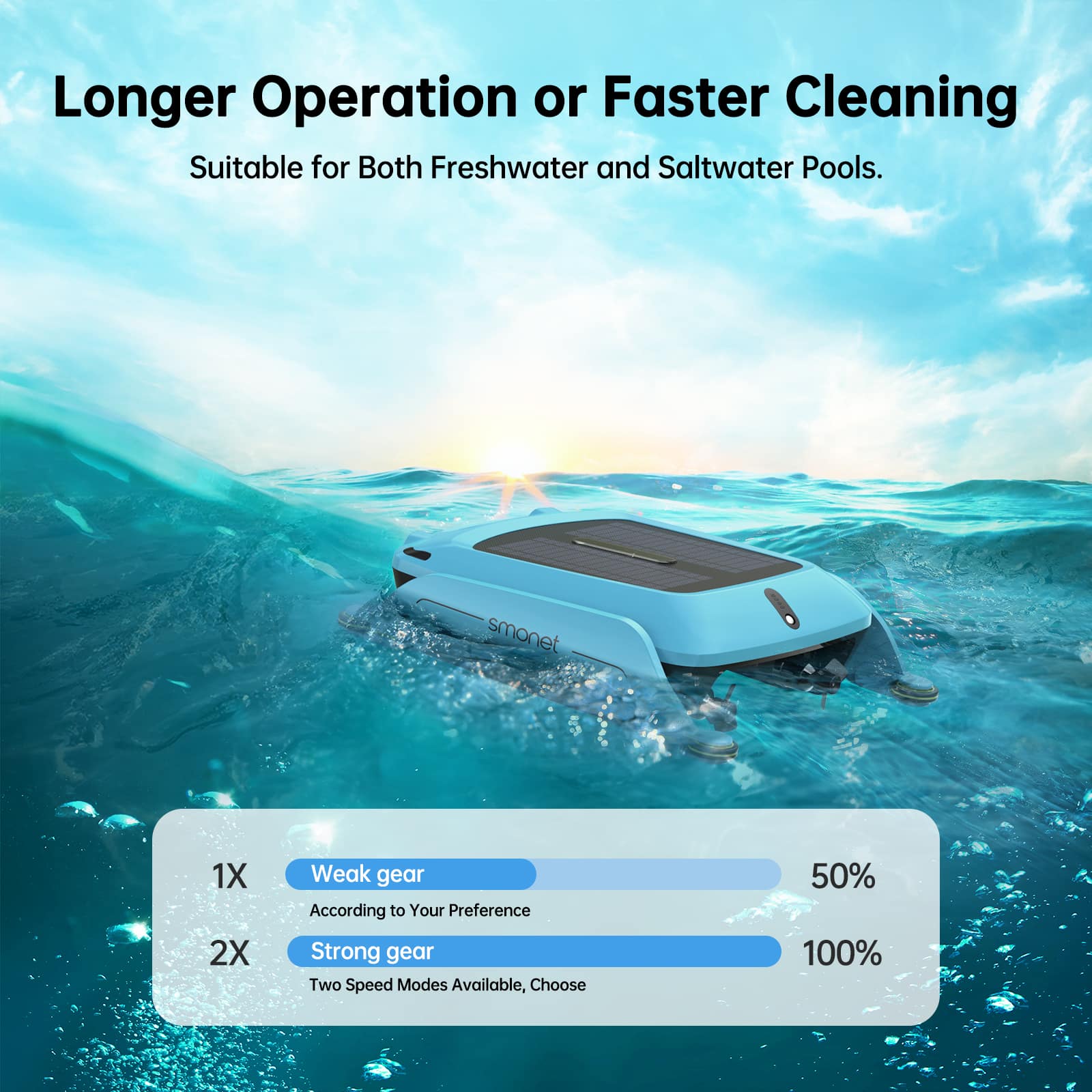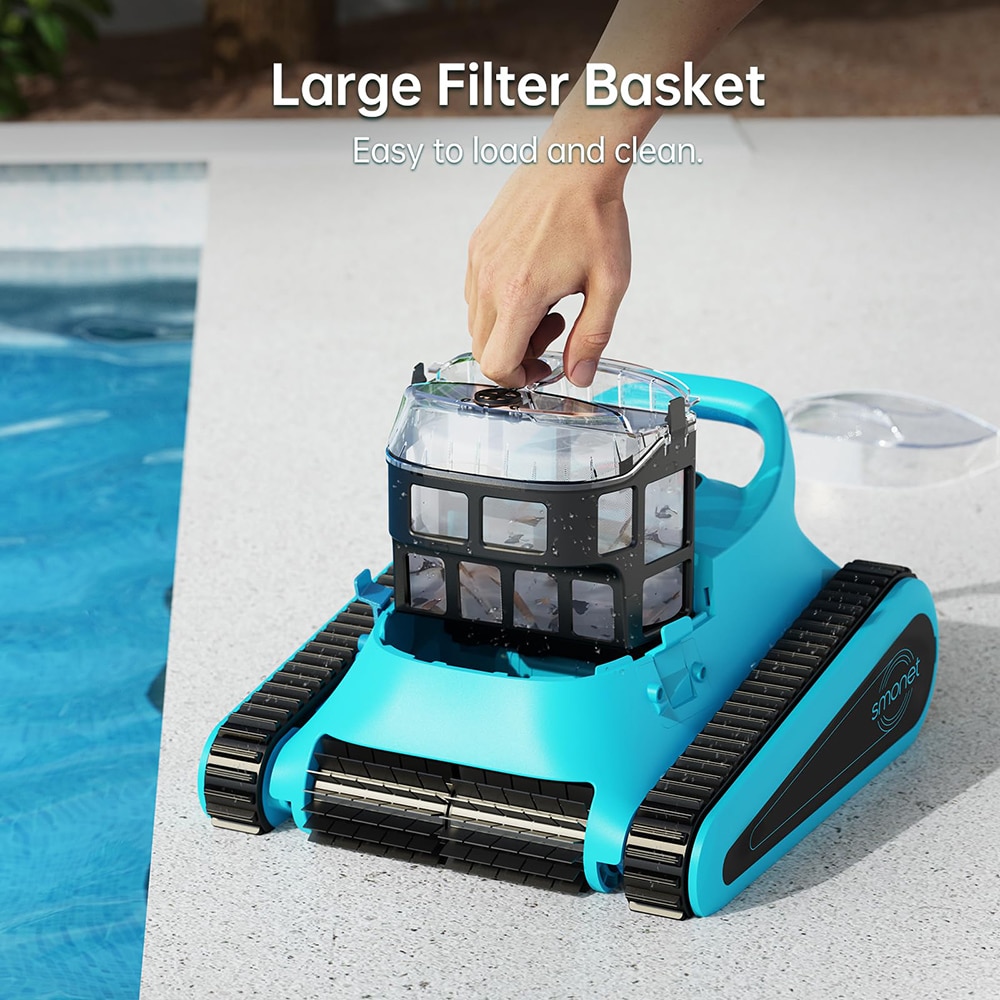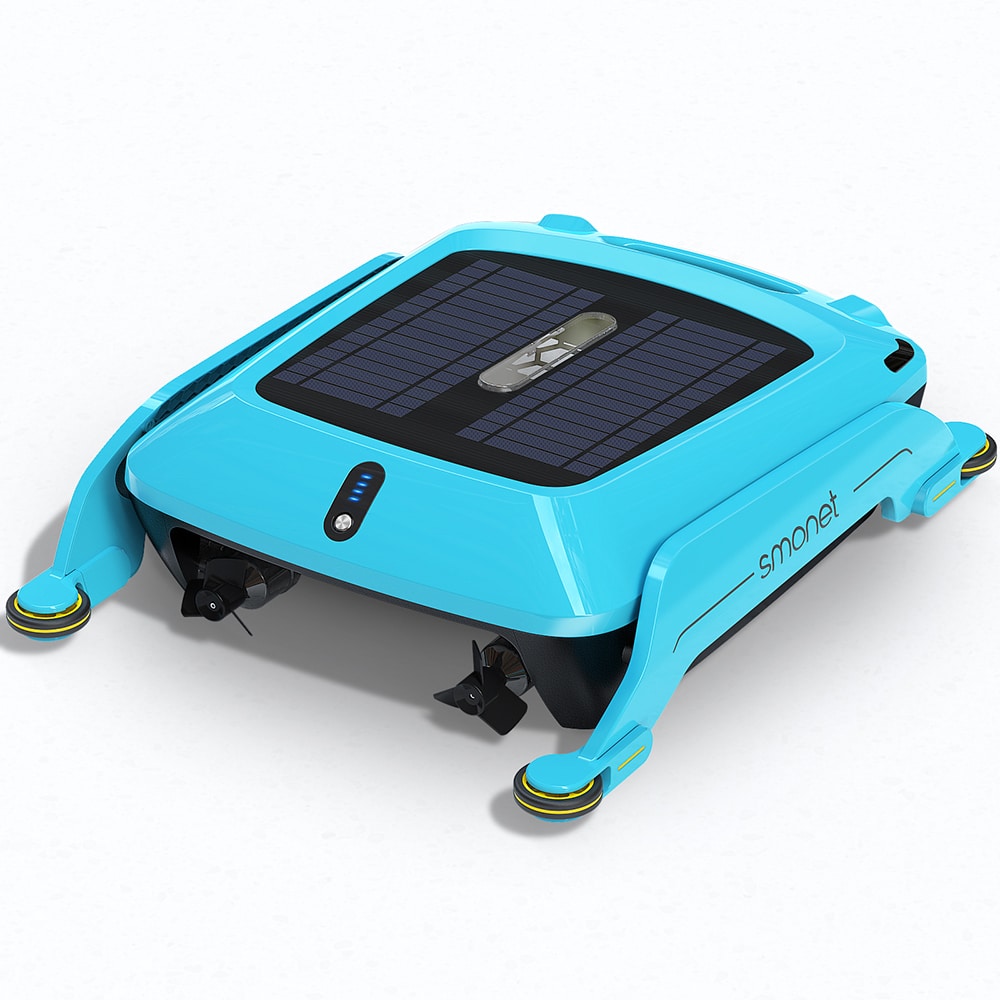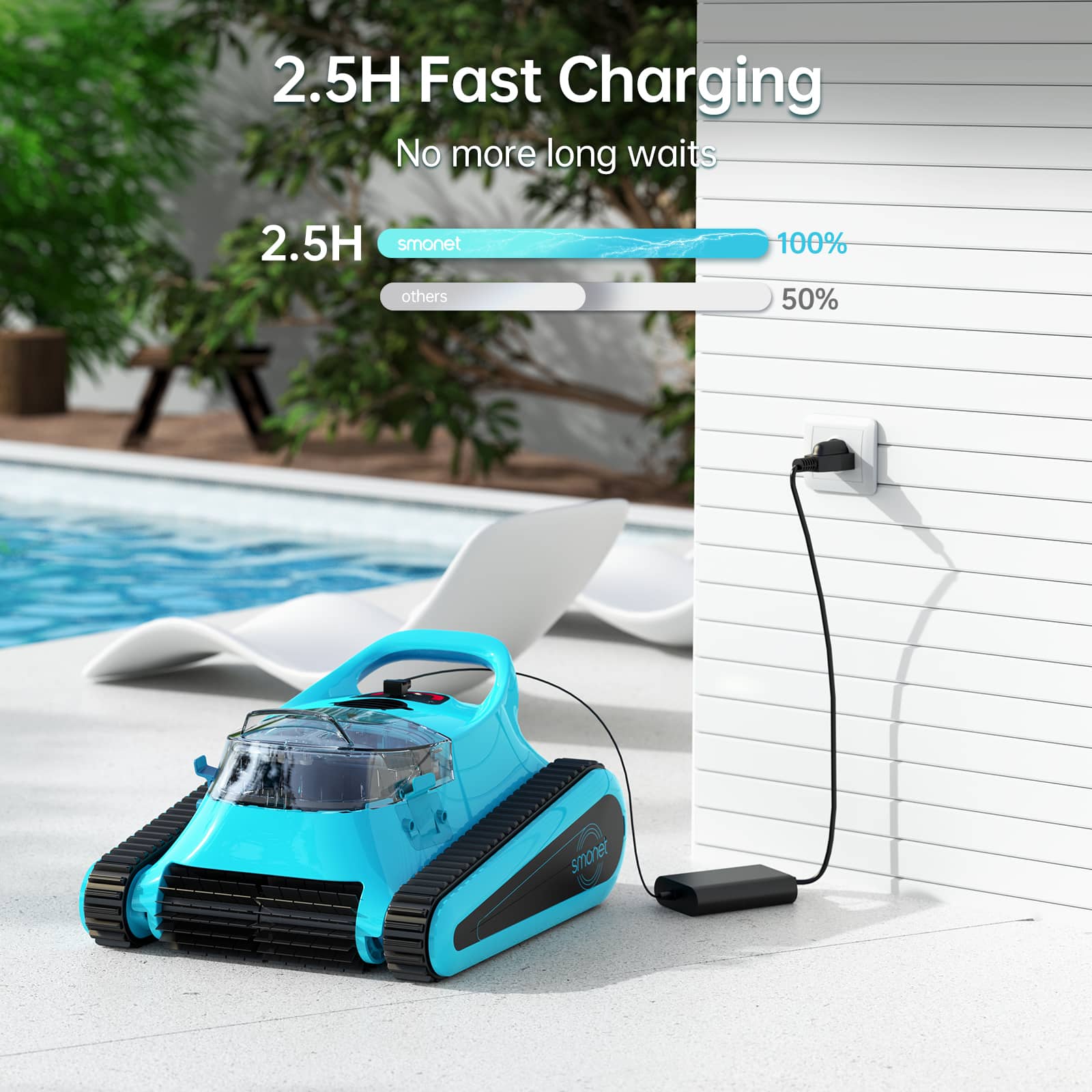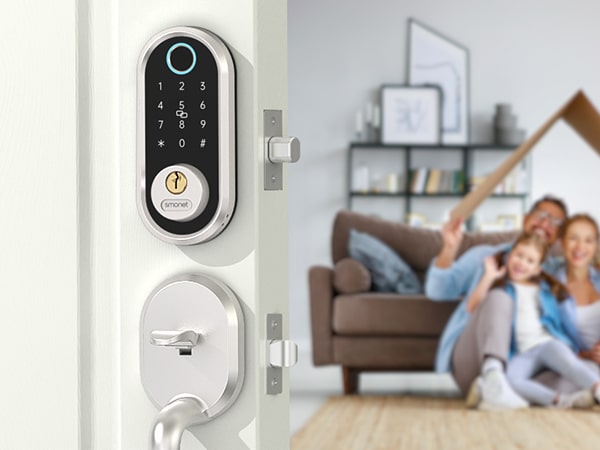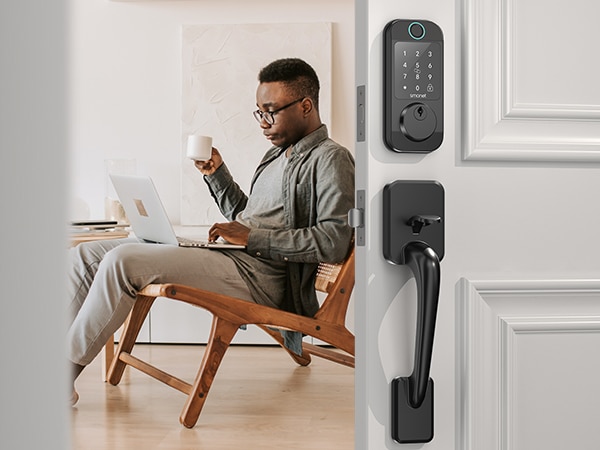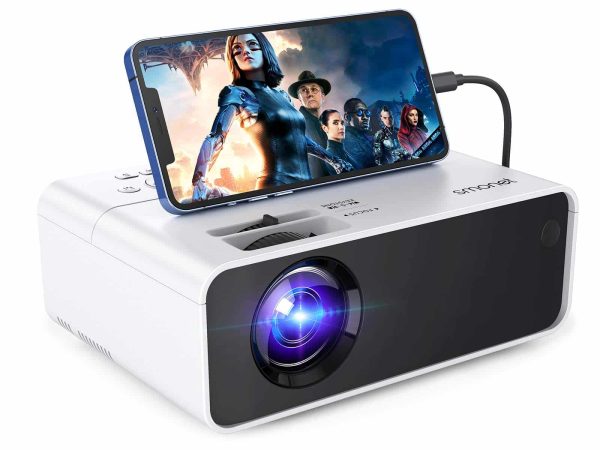Maximizing Pool Lifespan: Debunking The Mystery Of Chlorine Tablets In Robot For Pool
Keeping a pool clean using a pool skimmer is a brilliant chore. Yet beyond skimming, another crucial aspect that contributes to a sparkling pool is a properly chlorinated water system. This raises a commonly asked question: Can we put chlorine tablets directly in a pool skimmer? Delving into this pool maintenance query, we unfold the best practices for using chlorine tablets and their association with your pool skimmer.
Chlorine is an indispensable component of pool hygiene. It sanitizes the pool by breaking down bacteria and eliminating germs. While some pool owners may choose to add chlorine tablets directly to the skimmer, there are essential considerations to ensure optimal pool health.
The simplest answer to our query is yes. Placing chlorine tablets in your pool skimmer can help distribute the disinfectant across your pool. However, this method is not without risks.
Firstly, when the pool pump is switched on, water flows through the inground pool vacuums dissolving the chlorine tablet, and evenly chlorinating the pool. The issue arises when the pump is turned off. With no water flow to dissolve the tablets, they sit in your skimmer, continually releasing a high concentration of chlorine. This chlorinated water can flow back into your pool and possibly damage the pool liners or other equipment.
Additionally, chlorine is highly corrosive, especially in concentrated forms. If the chlorine tablets are left in the skimmer basket for too long without water circulating, they can damage your pool pump and filter system. This is quite crucial in terms of maintaining your pool skimmer. The corrosive chlorine water could potentially reduce the lifespan of your equipment.
To avoid these consequences, a safer alternative would be to use a floating chlorine dispenser. These devices are designed especially for chlorine tablets and ensure a controlled dispersal of chlorine into the pool water. They also prevent the tablets from remaining static, causing chlorine concentration at one particular area in your pool.
If you insist on using you swimming pool robot vacuum cleaner to dispense chlorine, there are steps you can follow to minimize the risk. Only put tablets in the skimmer when you can run the pump long enough to dissolve them completely – typically within a few hours. Never leave tablets in the skimmer when the pump is off. It’s advisable not to make this a regular practice as the potential damage to your pool equipment and the pool itself could lead to hefty repair bills.
Remember, every pool, including your swimming pool supplies, works best when it’s well-maintained. While using a pool skimmer for chlorination may seem handy, it’s crucial to comprehend the potential pitfalls. The main goal is to achieve a clean, sanitized pool without risking the pool’s equipment and the pool liner life.
Safe, effective pool maintenance doesn’t stop at the skimmer; it encompasses understanding the nature of your pool sanitizers and using them wisely. By doing so, you ensure a healthy and durable pool environment, making the most of your aquatic investment.
Prime Day OFF
Until the End
-
Master Of Cleanliness: Visual Guide To Recognizing And Understanding Your Electric Pool Cleaners
-
Making the Right Choice for A Best Keypad Door Lock: A Guide Based on Material Consideration
-
The 7 Most Common Types of Locks for Home and Office Security
-
Door Knob With Fingerprint Identification- The Future Of Home Security
-
Selecting the Ideal Digital Door Lock Style and Color for Your Abode
-
Evolution Of Security- Smart Door Key Lock
-
Mailbox Digital Lock- Reinventing Mail Security In The Digital Age
-
Exploring Alternative Unlocking Solutions - Smart Lock Fingerprint Cards and Wristbands
-
Touch Id Door Locks- Next-Generation Security At Your Fingertips
-
Smonet Home Door Lock- The Future Of Home Security

